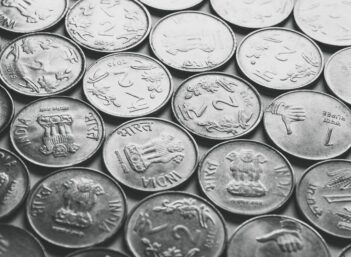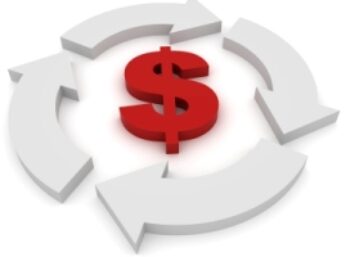What is Velocity of Money?
The velocity of money is the average frequency with which a unit of money is spent in an economy.
Velocity of Money -- Formula & Example
For example, assume a very small economy that has a money supply of $100 and only two people. Bob sells pencils and Jane sells paper. Bob starts with the $100 and buys $100 worth of paper from Jane. Jane turns around and buys $100 worth of pencils from Bob. Bob and Jane's economy now has a 'gross domestic product' of $200 even though the money supply is only $100. If Bob and Jane do the same two transactions every month, their 'GDP' will be $2,400 per year, though the money supply is only $100.
The equation for GDP is: GDP = Money Supply x Velocity of Money.
To solve for velocity in our example, we rearrange the equation to get Velocity = GDP / Money Supply, or ($2,400 / $100). Velocity of money in our two person economy is 24.
Why does Velocity of Money matter?
Velocity of money is an incredibly important component of an economy's GDP calculation.
As the equation illustrates, GDP cannot be controlled through money supply alone. If money supply is increased, but velocity decreases, GDP may stay the same or even decline. If money supply is decreased but velocity increases, GDP could increase. Velocity is much more difficult to control than money supply, so be wary of macroeconomic analysis that equates an increase in money supply with an increase in GDP and/or inflation (and vice versa) without taking velocity of money into consideration.



